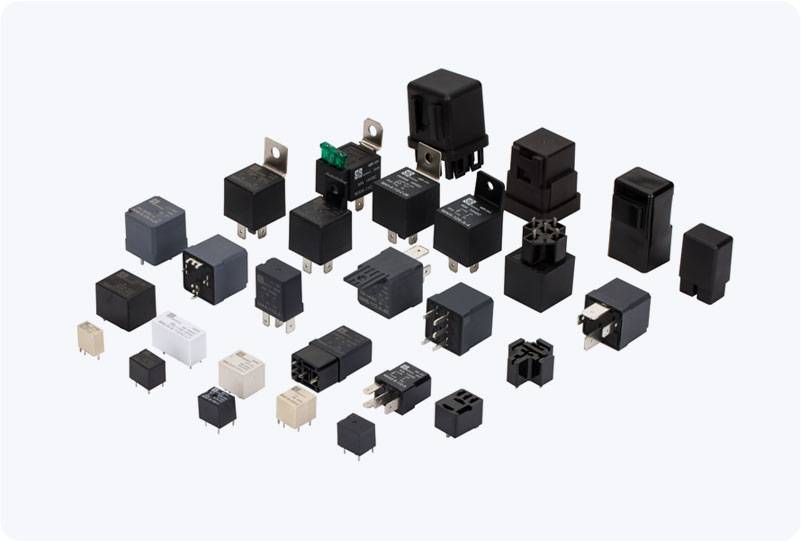the importance of telecommunication relay in modern communication systems
Release time:2025-04-28 13:40:38
Telecommunication relay systems play a crucial role in ensuring the smooth and efficient transmission of signals across vast distances, which is essential for modern communication. These relays act as intermediaries that amplify, redirect, and transmit signals from one point to another, facilitating communication across telecommunication networks, including telephone lines, radio waves, and satellite links. The relay systems provide solutions to distance limitations, signal degradation, and ensure uninterrupted connectivity in telecommunication networks.

The Role and Function of Telecommunication Relays
At its core, a telecommunication relay is an electronic device used to receive a signal, amplify it, and then forward it to another location. The main purpose of such systems is to overcome the loss of signal strength that occurs over long distances. As signals travel across telecommunication networks, they tend to weaken, a phenomenon known as attenuation. Relays help counteract this issue by boosting the signal and making it strong enough to reach its destination clearly.
Relays work by utilizing various transmission mediums, such as cables, fiber optics, radio frequencies, and satellites, to forward information. For example, in satellite communication, a telecommunication relay involves a satellite in orbit that receives signals from one ground station, amplifies them, and then retransmits them to another location on Earth. Similarly, in optical fiber communication, repeaters placed along the fiber optic cable help to regenerate the optical signals, ensuring that the data reaches the farthest locations without loss of quality.

